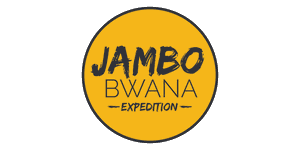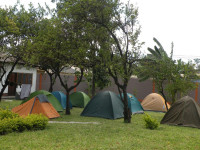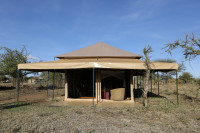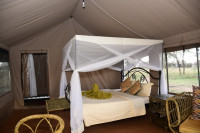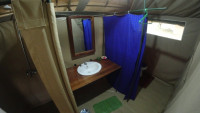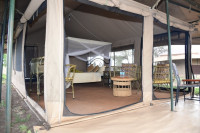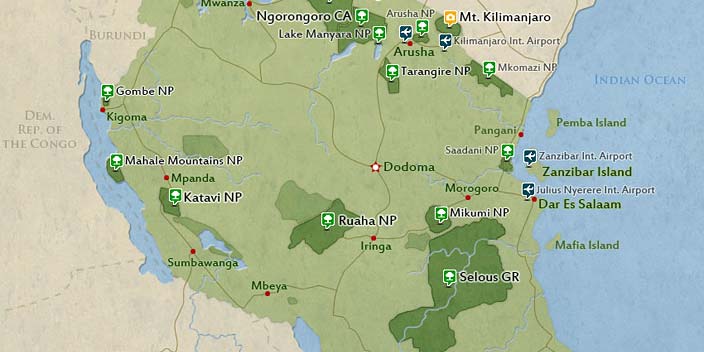
$1,100 pp (USD)
2 travelers on Start dateArrival
Arrival

Day 1
Lake Manyara National Park
Lake Manyara National Park
Following breakfast, we set out for Lake Manyara National Park. This picturesque park is defined by its namesake lake, drawing large colonies of waterbirds. Among them, the pink-colored flamingos stand out, though an array of other avian species such as cormorants, pelicans, and storks grace the waters.
With approximately 400 bird species calling the park home, it's a birdwatcher's paradise. Additionally, Lake Manyara is renowned for its tree-climbing lions, often spotted in the central and open areas of the park. Throughout our safari, expect to encounter elephants, zebras, giraffes, buffaloes, hippos, and a multitude of other fascinating wildlife species.
As the day winds down, we depart the national park, returning to the lodge for a sumptuous dinner and a restful overnight stay.
- Main Destination:
- Lake Manyara National Park
- Accommodation:
- Fig Tree Lodge & Camp
- Meals & Drinks:

Day 2
Ndutu the Migration Area
Ndutu the Migration Area
Today begins with an early start as we embark on a thrilling game drive in Ndutu, renowned for its spectacular calving season that typically occurs in February and March. Your experienced guide will skillfully navigate through the terrain, tracking the Great Migration, and if luck is on our side, we may witness the awe-inspiring sight of wildebeest calving.
With the massive influx of migrating herds, the presence of predators such as prides of lions, cheetahs, hyenas, and leopards becomes more prevalent. We may even have the opportunity to pause for lunch amidst the bustling wildebeest herds, adding an unforgettable dimension to our safari experience.
As the day draws to a close, we return to camp for a delicious dinner and a restful overnight stay, cherishing the memories of this remarkable day in the heart of the wilderness.
- Main Destination:
- Serengeti National Park
- Accommodation:
- Serengeti Wild Camp
- Meals & Drinks:

Day 3
Ngorongoro Crater
Ngorongoro Crater
This morning,
embark on a journey to the Ngorongoro Crater, a magnificent sanctuary for wildlife. Here, you'll have the chance to encounter a diverse array of small animals, birds, and the rich local flora and fauna. Venture into the heart of this remarkable crater for a full-day exploration of its wonders. Ngorongoro stands out for its unique ecosystem, where nearly all wildlife resides within the crater walls, offering ample opportunities for game viewing. Keep an eye out for sightings of rhinos, prides of lions, and cheetahs, among other remarkable species. After lunch, commence your journey back to Arusha, reflecting on the extraordinary experiences of the day.
- Main Destination:
- Ngorongoro Crater
- Accommodation:
- No accommodation (End of tour)
- Meals & Drinks:

